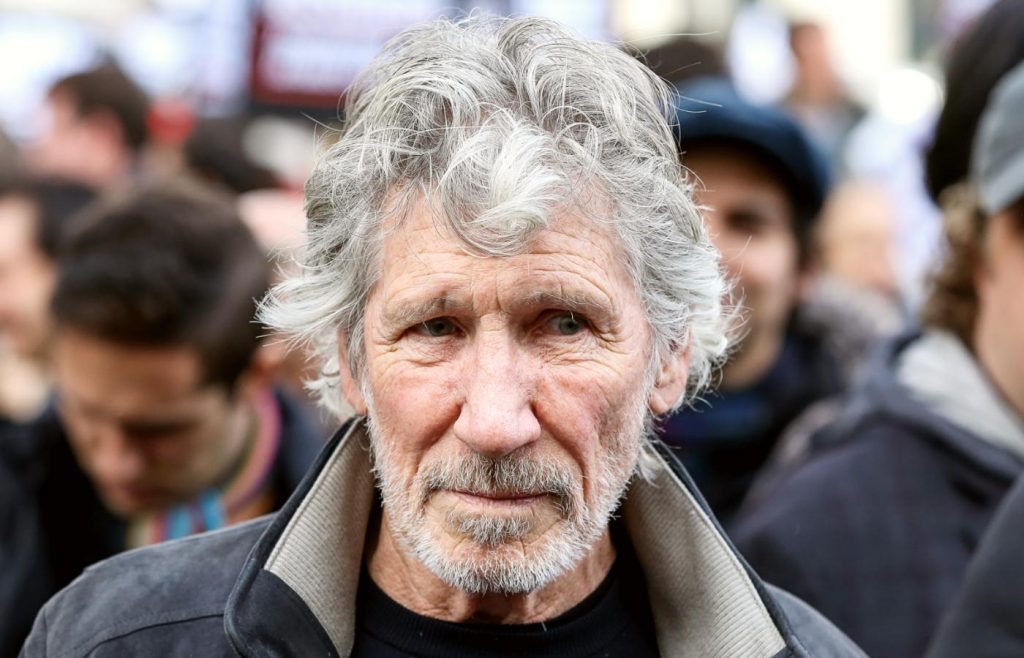It is commonly known that Pink Floyd’s legendary lineup quickly disbanded after the release of The Wall in 1979. In line with this, Roger Waters, the album’s artistic director, sacked keyboardist Richard Wright during the recording process. Wright only continued as a paid musician when Waters tightened his control over the situation.
Although The Wall didn’t mark the end of the original Pink Floyd lineup—that came with The Final Cut in 1983, Roger Waters’ final album with the band—it did make things worse by making Waters a more dispersed personality.
According to legend, Waters started composing the songs for The Wall while the rest of the band concentrated on other endeavors. Waters and Syd Barrett, the band’s previous leader and composer, were the inspiration for the concept album’s cynical rockstar. The majority of the album was written by Waters, with Gilmour contributing lyrics to “Comfortably Numb,” “Young Lust,” and “Run Like Hell,” and producer Bob Ezrin earning credit for “The Trial.”
The friction between Roger Waters and the rest of the band increased after the publication of The Wall, and he began booking hotels apart from them while the album was being toured. A few years later, with the release of 1983’s The Final Cut and Roger Waters’ 1984 first solo album The Pros and Cons of Hitch Hiking, The Wall would turn into a contentious issue in the bitter breakup between him and Pink Floyd.
Fans are aware that Waters and Gilmour are still at odds with one another. Much of this may be attributed to the animosity Waters sows by filing legal action against Pink Floyd in the High Court in 1986 in an effort to legally disband the band, referring to them as a “spent force creatively.” Waters’ goal was not achieved since Gilmour and Mason wanted to carry on as Pink Floyd, and the two parties finally came to an understanding in 1987.
Since he wrote the majority of the album, Waters was granted the copyright to The Wall’s concept as part of this détente. Waters wasn’t quite satisfied with the outcome, though, since The Wall continued to be linked to Pink Floyd rather than him. After all, it was his creation.
Following the fall of the Berlin Wall the previous year, in 1990, Waters performed the now-iconic live performance The Wall – Live In Berlin, which differed in several ways from Pink Floyd’s staging. He still couldn’t shake the sense that the record was connected with Pink Floyd and that nobody knew what it was actually about, despite over 350,000 people attending the event and all-star guests like Joni Mitchell, Scorpions, Tim Curry, and members of The Band.
Waters was questioned about if The Wall – Live in Berlin was a show of force directed at Gilmour and Mason during a Q Magazine interview that same year. He expressed his deep remorse that The Wall is mistakenly seen and remembered as a Pink Floyd record and not his in this statement. Rogers said, “No, it’s not top that! But it certainly will be most gratifying that a few more people in the world will understand that The Wall is my work and always has been. There must be an element of that.”
“Though after hearing them at Knebworth, I don’t think I should worry, They haven’t got the faintest idea of what it’s about. But then they never did. Still, most of the audience for this show will probably think it’s Pink Floyd anyway. The attachment to the brand name is limpet-like. It’s just something I live with.”

